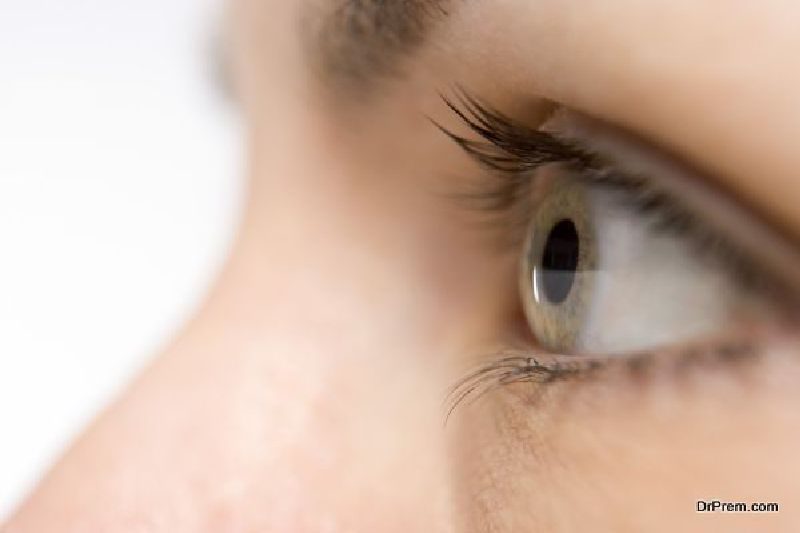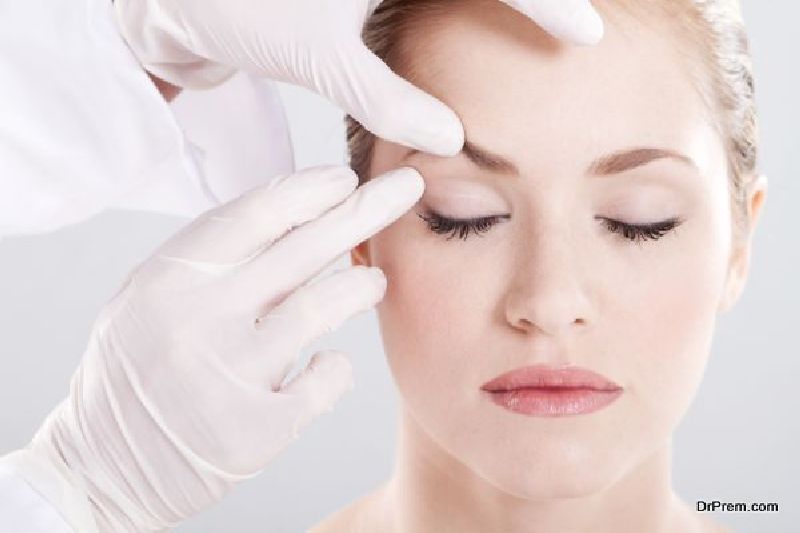Cosmetic eyelid procedures, or Blepharoplasty, is becoming a more common surgery option now that there are more surgeons trained to perform the operation. It’s especially popular among older women, who have become conscious of drooping eyelids and under-eye bags.
Patients say their eyes are no longer hidden and they look youthful and refreshed after the procedure, helping them regain their confidence. It is a subtle surgery that will leave people noticing that you look more awake and brightened, without it being obvious that you’ve had a cosmetic procedure. As well as just being cosmetic, this surgery can actually restore peripheral vision that has been lost as a result of drooping eyelids.
If you’re considering eyelid surgery, it’s important to know what is involved in the lead-up to the procedure, the surgery itself, and the aftercare, before you commit to going under the knife. Here is everything you need to know about Blepharoplasty.
Research the best surgeon

Firstly, you need to track down a surgeon who performs the sensitive work necessary to reform your eyelids. The skin is thin and delicate and requires a surgeon who works with minute precision and truly cares for their patients.
Luckily, the internet makes it much easier to find the perfect surgeon for you. Where in the past you might be limited to only surgeons near to you, you can now choose to travel and visit a clinic that will care for you better. For instance, this plastic surgeon in Perth based at Sculpt surgery clinic is an industry leader in delicate eyelid surgeries.
Contact a clinic you’ve found that seems like a good fit for your needs to arrange a consultation with the staff and the surgeon. From there, you can decide if you want to go ahead and whether you’ll be in good hands there.
What happens during Blepharoplasty surgery?
The Blepharoplasty process will be slightly different for everyone, as each surgery is personalized to achieve your desired effect. However, the general steps go as follows:
- During consultation with your surgeon, you will determine whether you want surgery focused on both eyes, and whether both upper and lower eyelids require attention.
- The surgeon will develop a personalized plan for your specific surgery, and where incisions will need to be made. This can involve outside and inside the eyelids.
- During surgery, incisions are made so that they will be hidden in the natural folds of your eyelids, where the resultant small scar will be invisible to onlookers. Small amounts of fat and skin may be removed in the process, leaving you with unhooded, wide eyes after recovery.
- This surgery typically takes between 1 and 3 hours.
- Stitches will hold surgical fixtures in place during the healing process, which dissolve within 4 to 6 weeks.
- It’s recommended that patients take at least a week off work to recover from this procedure, and refrain from strenuous exercise, heavy lifting and any physical exertion for around 3 weeks.
- You may be administered with medical healing strips and antibiotic ointment to aid your recovery – the clinicians looking after you will advise how these aids should be used, and you should always follow this advice.
Aftercare

As with all surgeries, this procedure will entail a set of aftercare regulations which will vary between each patient. As well as reducing physical exertion and using all medically-administered treatments given to you by your clinic, there will be a few after-effects to be aware of.
- You may experience pain, tenderness, swelling and inability to open your eyes for a while after the surgery. For this reason, you will need to be collected from the clinic by someone else who can drive you home.
- There will be bruising around your eye area for at least a week.
- It may take several weeks before the swelling and bruising has gone down; but once it has, you should notice significant reshaping of the eye area, making patients look youthful and restoring full scope of vision.
You should contact your clinic or doctor if any side-effects persist a few weeks after surgery – but rest assured this is a procedure treated with the utmost care and problems will be kept to a minimum.
Article Submitted By Community Writer




